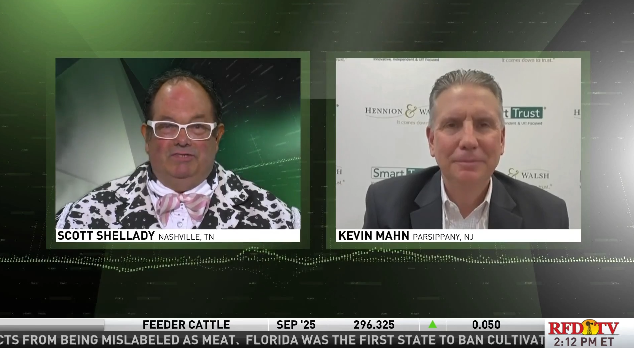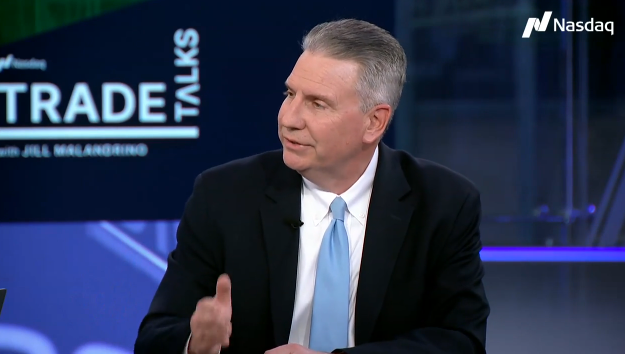
Capital Markets Update – Week of 10/27/2014
Market Overview
Sources: Rates Data and Economic Calendar—Bloomberg Markets as of 10/27/14; Equity Market Returns and Fixed Income and Alternatives Data—Wells Fargo Advisers as of 10/24/14.
Happening Now
Europe’s Markets and Financial System Making Headlines
European stocks sold off yesterday and broad market indices ended the day down around 1% as evidenced by the ETF FEZ, which tracks the return of the Euro Stoxx 50 Index. This continued a trend that has persisted throughout the most recent stages of 2014 as the Euro-area is down around 4% for October and around 10% year-to-date. Over the weekend the results of a European bank stress test were released and showed that 25 of the regions 130 largest banks failed to have adequate capital (both in terms of amount and quality) to withstand a major shock to the global financial system (more information on how this test is conducted can be found here.) While on the surface these results appear to show the continued weakness of the region’s financial institutions, many of the reports that have been published cite analysts who believe that the results were better than expected and display the positive changes that have taken place since the 2008 global financial crisis (Dealbook Article). At Hennion & Walsh, we are more concerned with the lack of meaningful growth and simultaneous lack of inflation in the Euro-Zone that could negatively weigh on equity markets in the short term. Last week, JP Morgan lowered their growth forecast for Western Europe to 1.2% in 2014 and only 1.8% in 2015 citing the softer economic data released throughout the third quarter.
Over the intermediate term, however, it is possible that a weaker Euro (JP Morgan expects the Euro/USD to fall from the current rate of 1.27 to 1.22 by September of 2015), a more accommodative European Central Bank, and lower global energy prices could prove beneficial for the European economic recovery and, by association, their equity markets. As we’ve previously stated, we are cautiously optimistic of the growth potential that exists in these markets over the intermediate term but recognize the risks of an overall economic slowdown and the costly implications of a deflationary scenario, which to be clear, has not yet taken place. Diversified investment strategies in developed international markets have historically proved beneficial when implemented correctly and offer access to markets that might otherwise be absent from a more traditional approach to growth investing.
Important Information and Disclaimers
Past Performance is not a guide to future performance.
Investing in foreign securities presents certain risks not associated with domestic investments, such as currency fluctuation, political and economic instability, and different accounting standards. This may result in greater share price volatility. These risks are heightened in emerging markets.
There are special risks associated with an investment in real estate, including credit risk, interest rate fluctuations and the impact of varied economic conditions. Distributions from REIT investments are taxed at the owner’s tax bracket.
The prices of small company and mid cap stocks are generally more volatile than large company stocks. They often involve higher risks because smaller companies may lack the management expertise, financial resources, product diversification and competitive strengths to endure adverse economic conditions.
Investing in commodities is not suitable for all investors. Exposure to the commodities markets may subject an investment to greater share price volatility than an investment in traditional equity or debt securities. Investments in commodities may be affected by changes in overall market movements, commodity index volatility, changes in interest rates or factors affecting a particular industry or commodity.
Products that invest in commodities may employ more complex strategies which may expose investors to additional risks.
Investing in fixed income securities involves certain risks such as market risk if sold prior to maturity and credit risk especially if investing in high yield bonds, which have lower ratings and are subject to greater volatility. All fixed income investments may be worth less than original cost upon redemption or maturity. Bond Prices fluctuate inversely to changes in interest rates. Therefore, a general rise in interest rates can result in the decline of the value of your investment.
Definitions
MSCI- EAFE: The Morgan Stanley Capital International Europe, Australasia and Far East Index, a free float-adjusted market capitalization index that is designed to measure developed-market equity performance, excluding the United States and Canada.
MSCI-Emerging Markets: The Morgan Stanley Capital International Emerging Market Index, is a free float-adjusted market capitalization index that is designed to measure the performance of global emerging markets of about 25 emerging economies.
Russell 3000: The Russell 3000 measures the performance of the 3000 largest US companies based on total market capitalization and represents about 98% of the investible US Equity market.
ML BOFA US Corp Mstr [Merill Lynch US Corporate Master]: The Merrill Lynch Corporate Master Market Index is a statistical composite tracking the performance of the entire US corporate bond market over time.
ML Muni Master [Merill Lynch US Corporate Master]: The Merrill Lynch Municipal Bond Master Index is a broad measure of the municipal fixed income market.
Investors cannot directly purchase any index.
LIBOR, London Interbank Offered Rate, is the rate of interest at which banks offer to lend money to one another in the wholesale money markets in London.
The Dow Jones Industrial Average is an unweighted index of 30 “blue-chip” industrial U.S. stocks.
The S&P Midcap 400 Index is a capitalization-weighted index measuring the performance of the mid-range sector of the U.S. stock market, and represents approximately 7% of the total market value of U.S. equities. Companies in the Index fall between S&P 500 Index and the S&P SmallCap 600 Index in size: between $1-4 billion.
DJ Equity REIT Index represents all publicly traded real estate investment trusts in the Dow Jones U.S. stock universe classified as Equity REITs according to the S&P Dow Jones Indices REIT Industry Classification Hierarchy. These companies are REITSs that primarily own and operate income-producing real estate.




